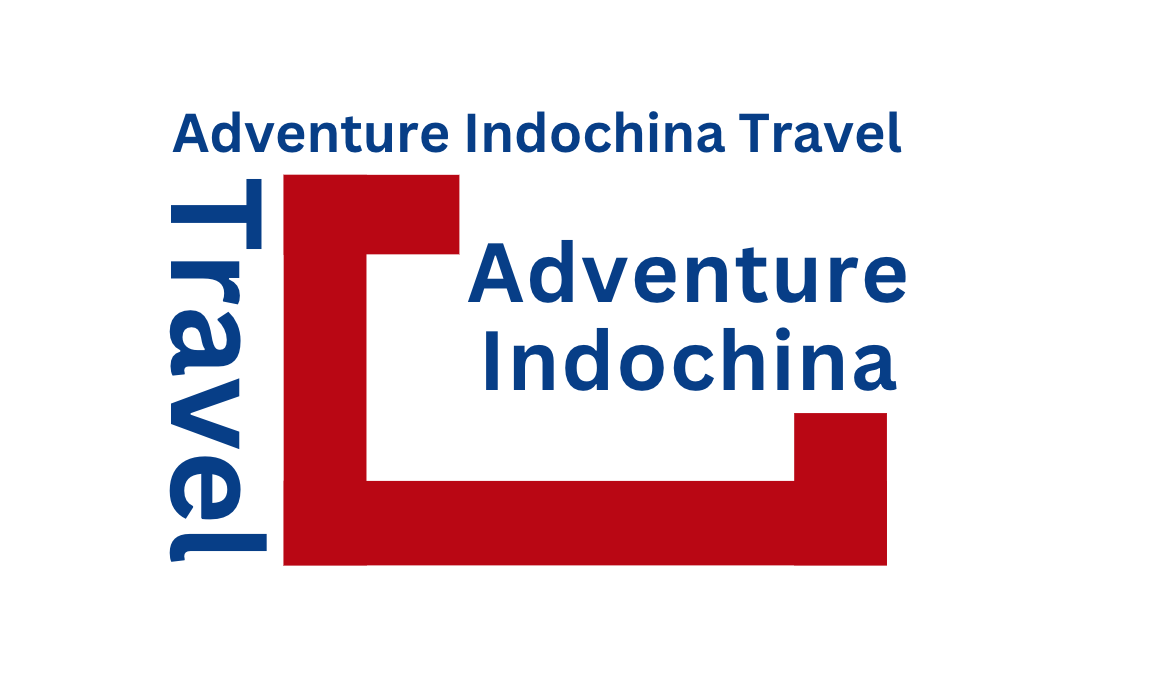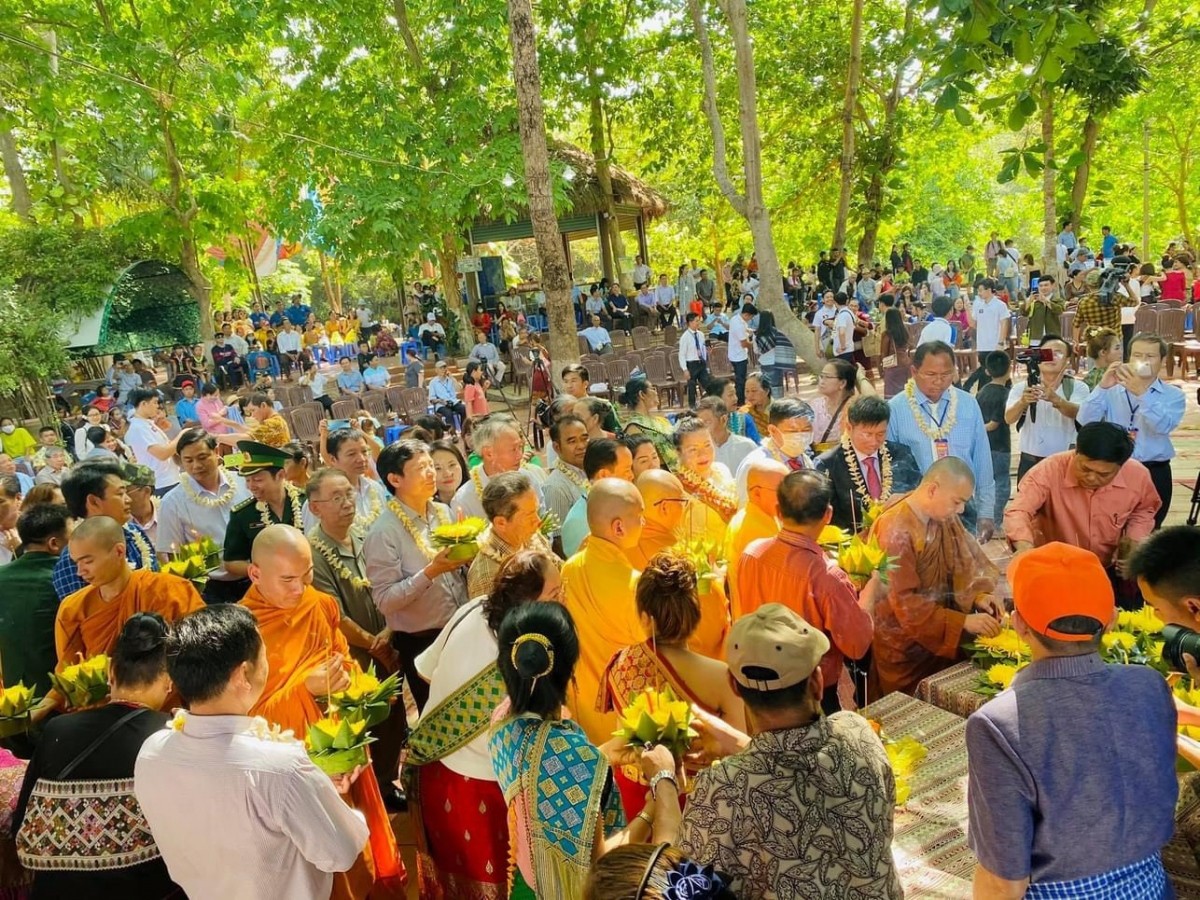
Laos is home to a beautifully diverse population, with deep historical roots and a strong sense of identity. From lowland farmers to remote mountain communities, the people of Laos—collectively known as the Lao—are united by a shared cultural spirit and renowned hospitality.
🌏 Origins and Ethnic Roots
The Lao are part of the Tai ethnolinguistic family of Southeast Asia. Their ancestry traces back to what is now Yunnan Province in southern China and northern Vietnam, with early references as far back as the Han Dynasty.
🗺️ From the 7th century onward, waves of migration moved southward—driven by Chinese expansion and Mongol invasions—into fertile lowland regions ideal for rice cultivation. This movement displaced some earlier indigenous groups, but also brought cultural and linguistic unity with other Tai peoples, such as those in Thailand and northern Vietnam.
🏯 Cultural Foundations: The Rise of the Lao Identity
The fall of the Khmer Empire and the rise of the Lan Xang Kingdom in the 14th century marked a turning point in Lao identity.
👑 Somdej Phra Chao Fa Ngum, founder of Lan Xang, chose Luang Prabang as his capital. The kingdom flourished through trade, and although it later split into three regions, it laid the foundations for modern-day Laos.
📜 The Lao people today still celebrate ancient temples, monuments, and landmarks from this golden era—many of which are featured on guided Laos tour packages.
🇫🇷 Colonial Influence and Modern Rebuilding
When the French arrived in the 19th century, they found a depopulated land—Vientiane, the future capital, was in decline. The French quickly diminished Siamese influence and established French Indochina, which lasted until the mid-20th century.
📈 Since independence, Laos has faced many challenges, including war and economic hardship, but the resilience of its people shines through. Tourism, especially through carefully curated Laos travel packages, now plays an important role in supporting communities across the country.
🧬 Ethnic Groups of Laos
Laos is a mosaic of ethnic identities, each with its own customs, languages, and traditions. The three main ethnic categories are:
🏞️ Lao Loum – Lowland Lao (≈ 68% of the population)
- Live in river valleys and lowland plains
- Culturally and politically dominant
- Many have migrated abroad to the USA, France, Australia, and Japan
🏔️ Lao Theung – Midland Lao
- Inhabit the central and southern mountain slopes
- Known for their unique agricultural techniques and distinct traditions
⛰️ Lao Soung – Highland Lao (≈ 10% of the population)
- Live in the remote northern mountains
- Includes the Hmong and Yao people
- Maintain vibrant, colorful cultures despite geographic isolation
🤝 A Naturally Welcoming Spirit
Despite economic challenges and a modest lifestyle, the people of Laos are famously warm, generous, and welcoming. Whether you’re exploring the quiet streets of Luang Prabang, visiting a village market, or trekking through the highlands, you’re sure to be greeted with a smile.
👣 Travelers on Laos holidays often find that one of the most memorable aspects of their journey is the connection with locals—sharing stories, meals, and laughter in both urban hubs and remote villages.
💬 In Summary
The people of Laos represent a living bridge between ancient traditions and modern adaptation. As you travel through this enchanting country, take time to meet, listen to, and learn from the communities that make it so special.
📌 Tip: Travel with a knowledgeable Laos tour operator who understands the country’s diverse ethnic landscape—you’ll gain more than just memories; you’ll gain perspective.



